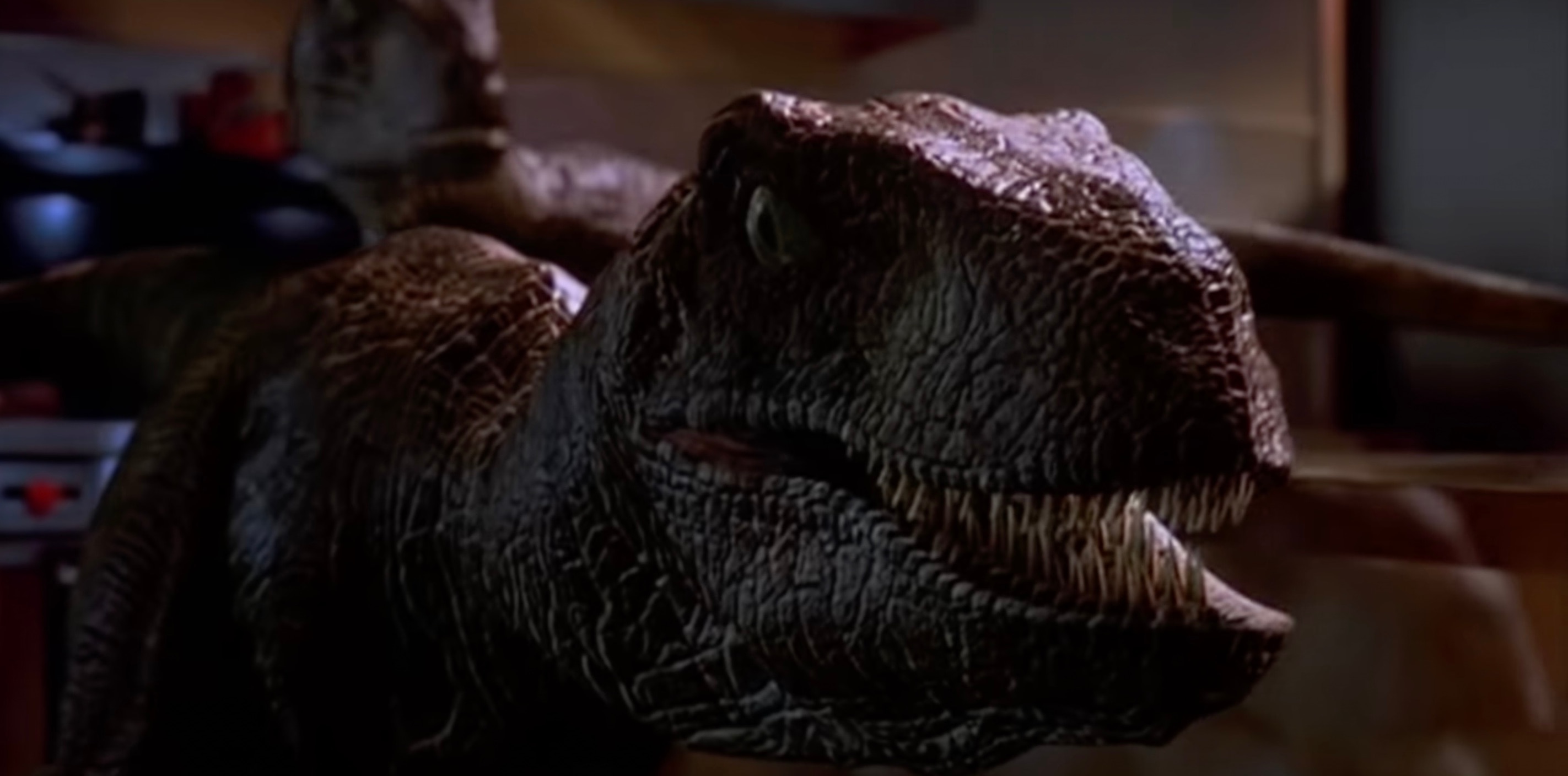Create a free profile to get unlimited access to exclusive videos, sweepstakes, and more!
The real-life dinosaur that inspired one of Jurassic Park's biggest scares is up for auction
Let the bidding begin for the planet’s best-preserved clever girl.

It’s no secret that people aren’t exactly scared to part with their hard-earned cash just for a chance at being terrified. But some lucky bidder is set to cough up some seriously prehistoric dough for the privilege, scratching together a predicted $4-6 million to have a real-life Jurassic Park raptor permanently sizing up their human snack potential.
The immaculately preserved skeleton of an extremely old (roughly 110 million years) dinosaur known as “Hector” is heading to the auction block at Christie’s, and the opulent auction house is making the most of the occasion, giving the public an intrepid peek at the rarely-sighted specimen before it slinks back into private hands. The dino hype, no doubt, is aided by some serendipitous summer blockbuster timing: Jurassic World Dominion, the final installment in the Jurassic World movie trilogy, is sharpening its claws for a June premiere.
Hector (we might as well get on a first-name basis with this beast) has plenty of Jurassic Park provenance — but it comes with a twist. Though it’s an arresting real-world likeness of one of the films’ best-known dinosaurs, the Velociraptor, scientists have long recognized its genus by another name: the Deinonychus. It’s not that Velociraptors aren’t actually a thing; they are. It’s just that the turkey-sized dinos that make up the actual Velociraptor genus aren’t quite as visually imposing as their larger Cretaceous cousins (and that includes Hector, who measures nearly 10 feet long from tip to tail).
As Christie’s points out, though, original Jurassic Park novelist Michael Crichton liked “the dramatic sound” of the Velociraptor name — so he applied its sinister, speedy-sounding vibes to the bigger, scarier visuals that typify Deinonychus dinos like Hector. Despite Deinonychus portrayals dating from Steven Spielberg’s very first Jurassic Park film in 1993, Hector's a pretty recent find: Its skeletal remains, with totaled 126 bones, were excavated at Wolf Creek Canyon, Montana from 2012 to 2014, according to Christie’s.
The auction house describes the specimen as “the most complete Deinonychus skeleton ever found,” a distinction that’s sure to raise the bidding stakes when the clawed carnivore finally hits the block on May 12. Though only one well-funded fan will be taking Hector home, the overall dino hype won’t be going extinct anytime soon: Jurassic World Dominion is set to dominate theaters everywhere starting June 10.


























